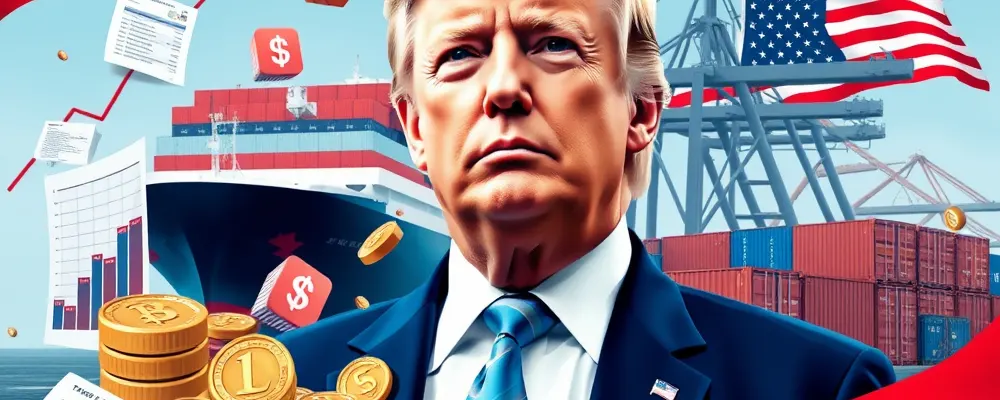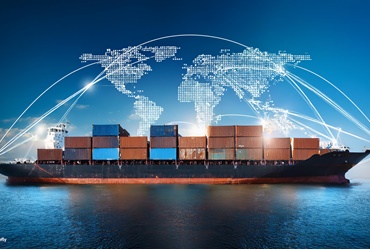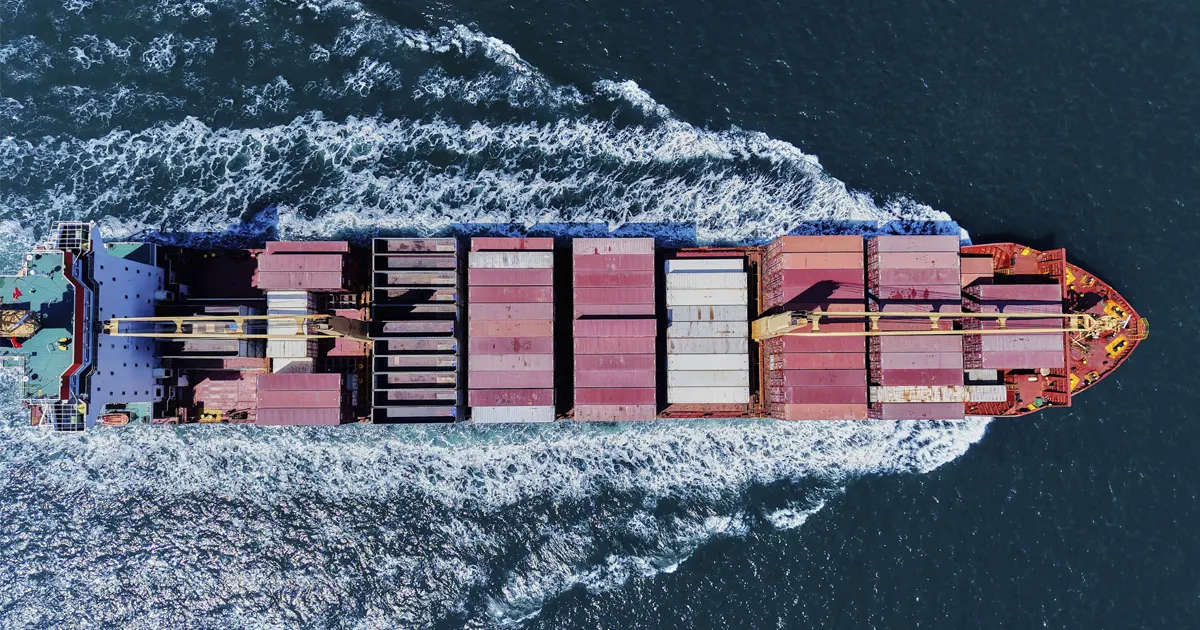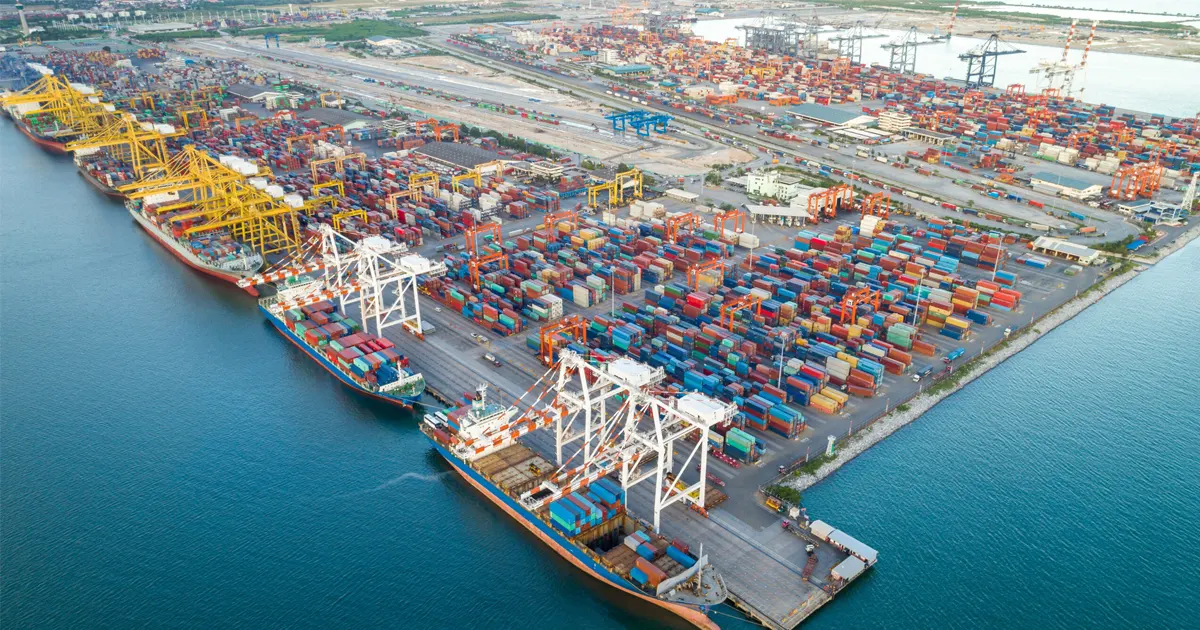Transit Trade: The Best Solution to Dealing with High US Tariffs
In today’s fast-paced and competitive global trade landscape, importers and exporters are under constant pressure to cut costs without sacrificing efficiency. With recent US tariff increases, such as the US has raised tariffs on Chinese goods by up to 104% on April 9, 2025, businesses around the world are struggling to cope with high import tariffs and trade restrictions. Enter transit trade (also known as re-export trade), a proven strategy that can help companies circumvent these obstacles while optimizing their supply chains.
This article takes a deep dive into what transit trade is, how it works, and why it is a game-changer for businesses facing rising tariffs, especially in the context of current US trade policy. Ready to cut costs and stay ahead? Let’s explore how transit trade can transform your operations.

I. What is transit trade?
Transit trade refers to the practice of shipping goods through an intermediate country (usually a free trade zone or low-tariff area) before reaching their final destination. Instead of shipping goods directly from the country of origin to the target market, they are sent to a third country for processing, repackaging or relabeling before being exported.
For companies that want to circumvent high tariffs, circumvent trade embargoes and reduce anti-dumping duties imposed by the United States and other countries, this can effectively reduce business operating costs and increase your profit margins. Since the United States has once again raised terrible tariffs on different countries and regions around the world in April 2025, it is completely necessary for you to choose transit trade to solve the current dilemma.
II. Why transit trade is more important than ever ?
Take China as an example. The United States imposed two high tariffs in early April 2025. Currently, some Chinese products (such as steel, electronic products and textiles) need to pay a terrible import tariff of 104% before entering the US market. Many American importers have canceled their previous orders to Chinese manufacturers and stated that they will not add new orders again until the Sino-US tariff trade war ends. This has caused very serious export difficulties and economic growth pressure on Southeast Asian export countries represented by China (Vietnam, Thailand, Japan, South Korea).

III. What are the common methods of transit trade ?
Changing the country of origin: Processing goods in a third country allows companies to obtain a new certificate of origin (COO), making them eligible for lower or zero tariffs in the destination market.
- Taking advantage of free trade agreements (FTAs): Shipping through countries with preferential FTAs such as Singapore or Malaysia can completely eliminate tariffs
Re-exporting through a neutral hub: Re-exporting through a neutral hub can avoid high fines for goods from specific sources.
IV. How to conduct transit trade ?
Are you ready to implement transit trade? Here’s how to make it work seamlessly:
- Choose the right transportation hub: Choose a place with low tariffs, first-class logistics, and trade-friendly – such as Malaysia, the UAE (Jebel Ali Free Zone), or Panama.
Dealing with shipping and customs affairs: Work with a reliable freight forwarder to smoothly manage documents, tariffs, and transshipments.
Repack or relabel goods: Adjust packaging or labels to comply with the regulations of the final destination and ensure tariff preferences.
- Obtain a new certificate of origin: This step is key to unlocking preferential trade terms.
- Re-export to the final market: Ship your goods under optimized conditions and watch the savings.
V. Top transit trade hubs in 2025
Singapore and Malaysia: Great for the electronics and machinery industries, with strong free trade agreements and close to Asia-Pacific markets.
UAE (Jebel Ali Free Zone): Gateway to the Middle East and Africa, offering duty-free re-exports.
Panama and Costa Rica: Strategic options to bypass US import tariffs on Latin American and Asian imports.
These hubs are particularly valuable as US tariffs have prompted companies to rethink traditional shipping routes.
VI. Risks to be wary of when implementing transit trade
Transit trade is legal and valid, but compliance is non-negotiable. Key considerations include:
- Customs regulations: Missing documents can result in delays, seizures or fines.
Rules of origin: Falsifying COOs can result in severe penalties – accuracy is critical.
Sanctions: Make sure your goods and routes comply with international trade restrictions.
TNS is a well-known cross-border logistics service provider in Malaysia. We have been engaged in shipping agents for many years and have very rich experience and customs connections. We have provided transit trade transportation services for many customers. You can choose to work with us to minimize the above risks and ensure that your cross-border trade is smooth and smooth.
Don’t let high tariffs destroy your business. Our team of experts specializes in developing tailor-made transit trade solutions to maximize cost savings and minimize risks. Whether you are dealing with US tariffs or expanding into new markets, we can provide you with seamless transportation, compliance and documentation support.
Contact us now for a free consultation to find out how transit trade can reduce your tariff costs! Please call +6016-600 9972 or send an email to network1@tnslog.com.my and let us optimize your trading strategy together.
You may also be interested in

How to Track Shipping Containers: A Comprehensive Guide
How to Track Shipping Containers: A Comprehensive Guide In the global supply chain, shipping containers are the lifeblood of international trade. From electronics, machinery to

What are Incoterms?
What Are Incoterms ? Incoterms define the responsibilities of sellers and buyers in international transactions. These terms outline who is responsible for transporting goods, who

How to avoid high US tariffs: A legal and compliance guide for transit trade
How to avoid high US tariffs: A legal and compliance guide for transit trade The Trump administration has implemented a new import tariff policy for

Why Malaysia is the best transit trade choice in Southeast Asia
Why Malaysia is the best transit trade choice in Southeast Asia ? As global trade faces increasingly complex situations, especially with the United States imposing
